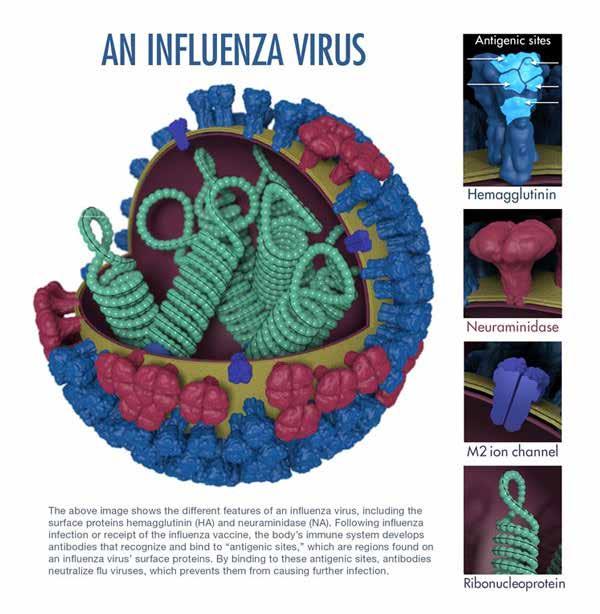INFECTIOUS DISEASES
Interpreting Antimicrobial Test Results F O R B y
H O R S E S
M a r i e
R o s e n t h a l ,
M S
Antimicrobial resistance is not just a concern for MDs. A wide range of equine pathogens, including Salmonella, Escherichia coli and other Enterobacteriaceae, Staphylococcus, Klebsiella and Pseudomonas, are developing resistance to the drugs veterinarians use regularly to treat their patients. 4
Issue 2/2020 | ModernEquineVet.com
Because of resistance, physicians are turning more frequently to susceptibility testing to guide antimicrobial therapy choices and improve the efficacy of the drugs they prescribe to their patients. Culture and susceptibility testing is underused in veterinary medicine because of time delays and challenges in interpreting the results. However, susceptibility testing can also help guide equine therapy, K. Gary Magdesian, DVM, DACVIM, DACVECC, DACVCP, explained at the American Association of Equine Practitioners 65th Annual Convention in Denver. Just as done in human medicine, empiric antibiotic treatment can be fine-tuned once the cultures and the susceptibility results are back. Pay attention to the minimum inhibitory concentration (MIC) of an isolate, which refers to the lowest concentration of an antimicrobial that inhibits the growth of that isolate. “The lower the MIC number of a given antimicrobial, the more susceptible the isolate is,� said Dr. Magdesian, who is a professor of Medicine and Epidemiology at the University of California Davis, School of Veterinary Medicine.
Medical Illustrator: Jennifer Oosthuizen
Pseudomonas



